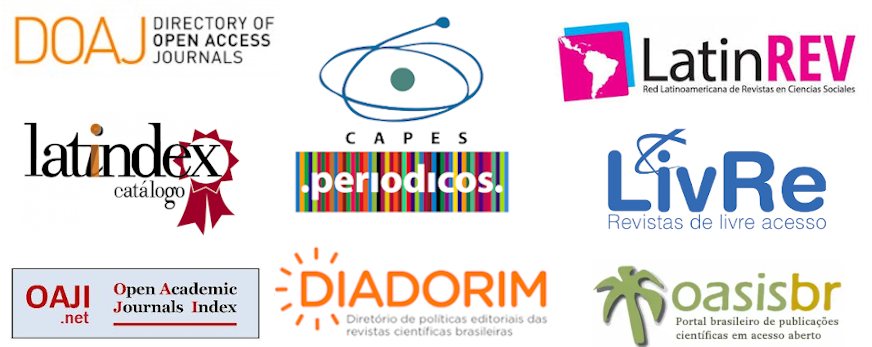Submissions
Submission Preparation Checklist
All submissions must meet the following requirements.
- The contribution is original, previously unpublished and not under consideration for publication by any other journal; if not, provide justification in “Comments for the Editor”.
The submission file is in Microsoft Word, OpenOffice or RTF format.
URLs for referrals were informed when possible.
The text must follow the style and bibliographic standards described in Author Guidelines in the About the Journal section.
Artigos
Política padrão de seção
Copyright Notice
Authors who publish in RUS agree to the following terms:
a. Authors retain copyright and grant the journal right of first publication with the work simultaneously licensed under a Creative Commons Attribution 4.0 International License (CC BY-NC-SA 4.0) that allows others to share the work with an acknowledgement of the work’s authorship and initial publication in this journal.
b. Authors are able to enter into separate, additional contractual arrangements for the non-exclusive distribution of the journal’s published version of the work (e.g., post it to an institutional repository or publish it in a book), with an acknowledgement of its initial publication in this journal.
c. Authors are permitted and encouraged to post their work online (e.g., in institutional repositories or on their website) prior to and during the submission process, as it can lead to productive exchanges, as well as earlier and greater citation of published work (See The Effect of Open Access).
Privacy Statement
The names and addresses provided to this journal will be used exclusively for the services rendered by this publication and will not be used for other ends or released to third parties.




